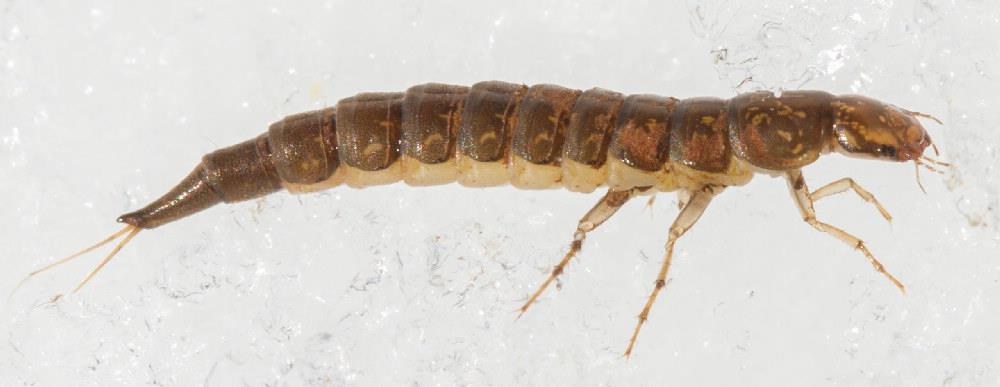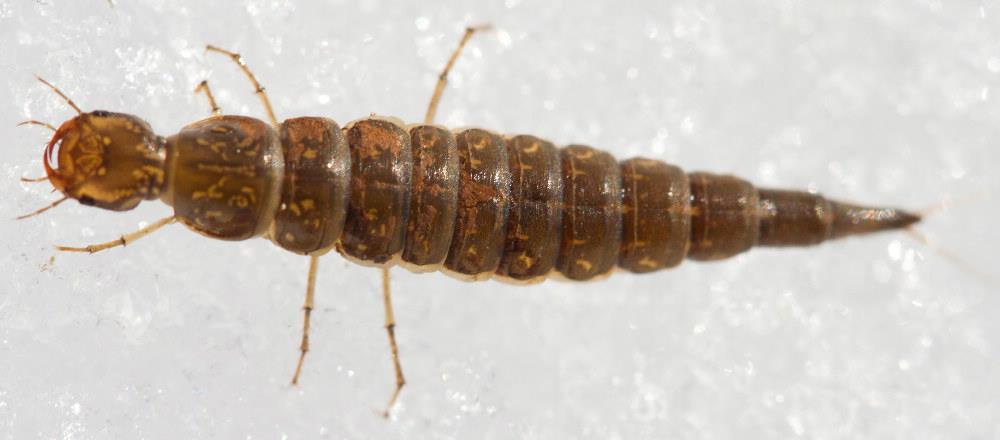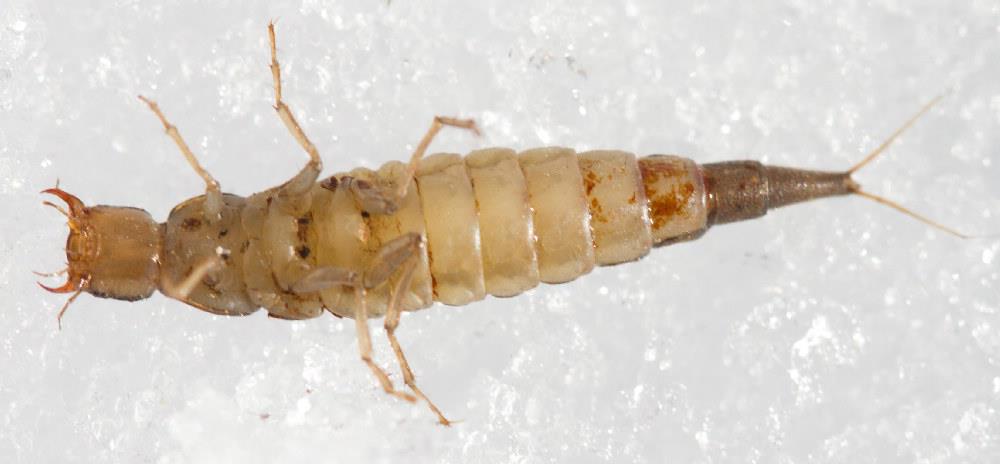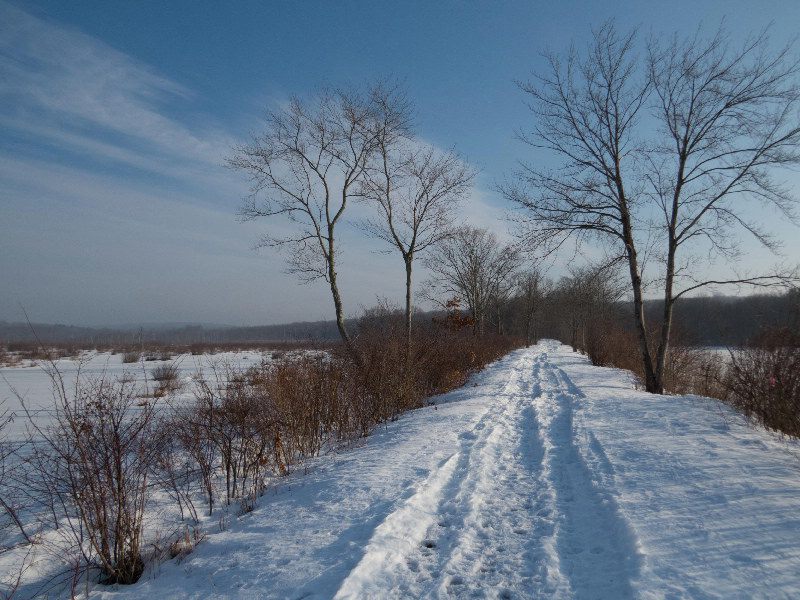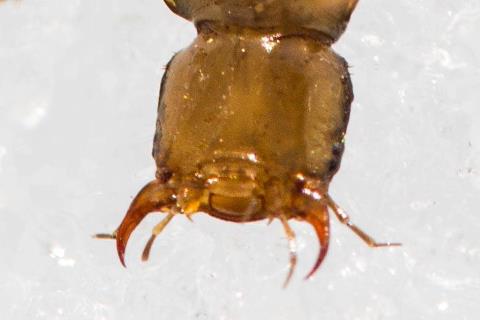 Stan Malcolm Active atop snow at nearly 50 degrees fahrenheit on rail trail that passes through a frozen marsh; Hebron, Connecticut, USA - 15 February, 2013. Tell me this is NOT a Dyticid larva? Carabidae? Or...? Locality pictured. Plenty of other things out (stonefly adults, a chrysomelid adult, a tipulid, and a spider). Was hoping for Boreids for Richard Brown but no luck today.
Stan Malcolm Active atop snow at nearly 50 degrees fahrenheit on rail trail that passes through a frozen marsh; Hebron, Connecticut, USA - 15 February, 2013. Tell me this is NOT a Dyticid larva? Carabidae? Or...? Locality pictured. Plenty of other things out (stonefly adults, a chrysomelid adult, a tipulid, and a spider). Was hoping for Boreids for Richard Brown but no luck today.
 Stan Malcolm Active atop snow at nearly 50 degrees fahrenheit on rail trail that passes through a frozen marsh; Hebron, Connecticut, USA - 15 February, 2013. Tell me this is NOT a Dyticid larva? Carabidae? Or...? Locality pictured. Plenty of other things out (stonefly adults, a chrysomelid adult, a tipulid, and a spider). Was hoping for Boreids for Richard Brown but no luck today.
Stan Malcolm Active atop snow at nearly 50 degrees fahrenheit on rail trail that passes through a frozen marsh; Hebron, Connecticut, USA - 15 February, 2013. Tell me this is NOT a Dyticid larva? Carabidae? Or...? Locality pictured. Plenty of other things out (stonefly adults, a chrysomelid adult, a tipulid, and a spider). Was hoping for Boreids for Richard Brown but no luck today.
